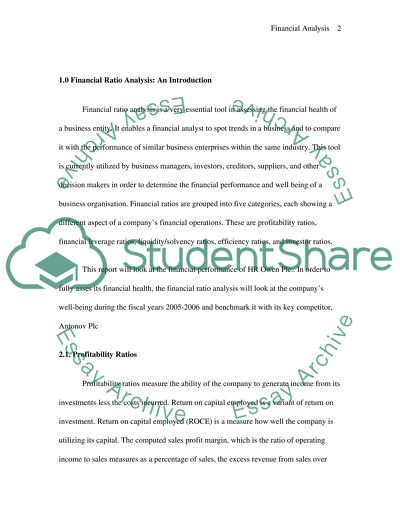Cite this document
(“Activity or Working Capital Efficiency Ratios Term Paper”, n.d.)
Activity or Working Capital Efficiency Ratios Term Paper. Retrieved from https://studentshare.org/finance-accounting/1507460-financial-accounting-essay
Activity or Working Capital Efficiency Ratios Term Paper. Retrieved from https://studentshare.org/finance-accounting/1507460-financial-accounting-essay
(Activity or Working Capital Efficiency Ratios Term Paper)
Activity or Working Capital Efficiency Ratios Term Paper. https://studentshare.org/finance-accounting/1507460-financial-accounting-essay.
Activity or Working Capital Efficiency Ratios Term Paper. https://studentshare.org/finance-accounting/1507460-financial-accounting-essay.
“Activity or Working Capital Efficiency Ratios Term Paper”, n.d. https://studentshare.org/finance-accounting/1507460-financial-accounting-essay.


